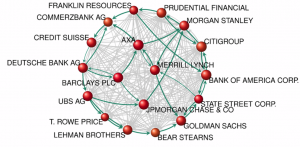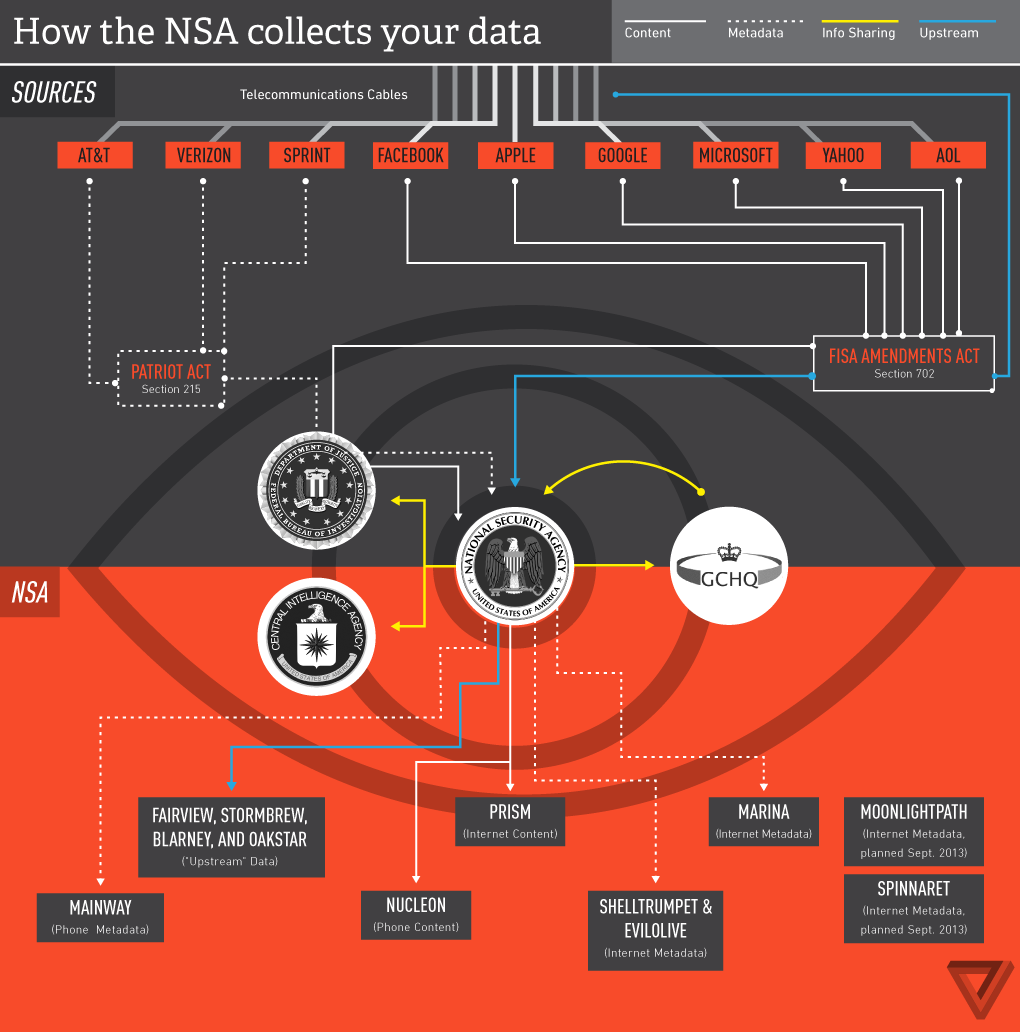DeepDream is a computer vision program created by Google engineer Alexander Mordvintsev which uses a convolutional neural network to find and enhance patterns in images via algorithmic pareidolia, thus creating a dream-like hallucinogenic appearance in the deliberately over-processed images.[1][2][3]
Google’s program popularized the term (deep) “dreaming” to refer to the generation of images that produce desired activations in a trained deep network, and the term now refers to a collection of related approaches.
History
The DeepDream software originated in a deep convolutional network codenamed “Inception” after the film of the same name,[1][2][3] was developed for the ImageNet Large-Scale Visual Recognition Challenge (ILSVRC) in 2014[3] and released in July 2015.
The dreaming idea and name became popular on the internet in 2015 thanks to Google’s DeepDream program. The idea dates from early in the history of neural networks,[4] and similar methods have been used to synthesize visual textures.[5] Related visualization ideas were developed (prior to Google’s work) by several research groups.[6][7]
After Google published their techniques and made their code open source,[8] a number of tools in the form of web services, mobile applications, and desktop software appeared on the market to enable users to transform their own photos.[9]





![Lumen naturale eb32b70f29f01c3e815b410cee45449efe76e7d11bb6114596f6c2_640[1]](https://cognitive-liberty.online/wp-content/uploads/eb32b70f29f01c3e815b410cee45449efe76e7d11bb6114596f6c2_6401-300x191.jpg)
![APA & CIA iu[1]](https://cognitive-liberty.online/wp-content/uploads/iu1-3-300x300.jpg)
![The structure of power eb34b30820f6083ecd0b4401ef444f94eb6ae3d01db2144795f9c070_640[1]](https://cognitive-liberty.online/wp-content/uploads/eb34b30820f6083ecd0b4401ef444f94eb6ae3d01db2144795f9c070_6401-300x300.png)